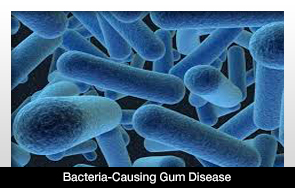 |
Dental amalgam won’t be going anywhere in the near future.
A US-signed treaty in regards to mercury recently was enacted, which will enable amalgam to continue to be used the way it has been in the dental profession. A Department of State official signed the Minamata Convention on Mercury on Nov. 6, allowing the United States to become a party to the convention. The document was originally scheduled to be signed on Oct. 10 in Japan but the US could not sign it at that point because of the government shutdown.
Ratification is subject to Senate approval.
The treaty officially does not place any limitations on the use of amalgam. The countries that signed the treaty have the ability to put together national objectives and programs to enhance dental caries prevention. The treaty also calls for new research in the area of dental treatment options.
The American Dental Association was pleased with this treaty.
“By phasing up global preventive strategies, we can improve oral and general health outcomes worldwide,” ADA President Dr. Charles H. Norman III said in a statement. “In addition, raising global awareness of the importance of oral health to overall health, including how to prevent dental diseases, decreases the need for all cavity-filling materials, including dental amalgam.”
The treaty wants to reduce mercury emissions to the environment and set up some regulations with regard to the burning of coal. Coal is the top manmade source of mercury in the environment. The treaty also explored restrictions on small-scale gold mining, in addition to dental amalgam.
This treaty was four years in the making and finished on Jan. 19 of this year after 147 governments agreed to the wording. It opened for signatures on Oct. 10.










